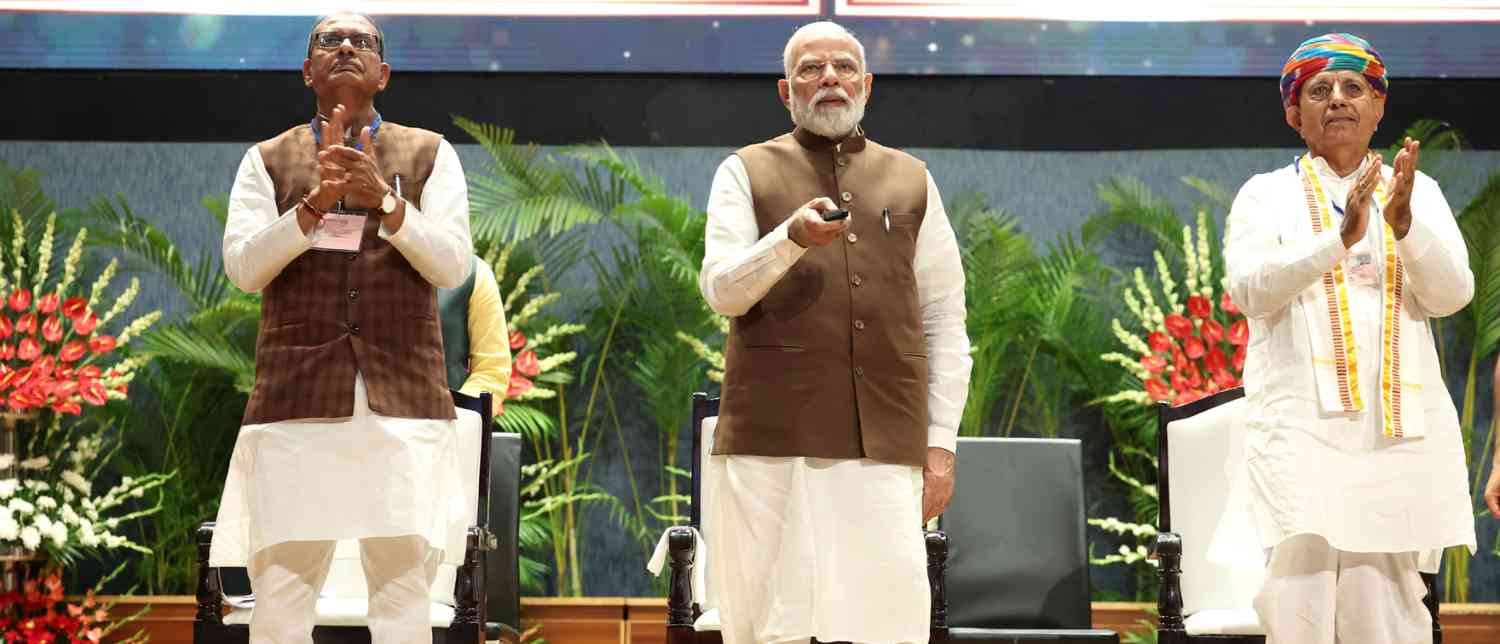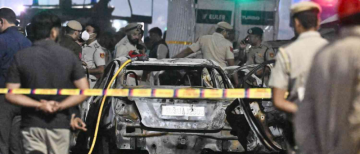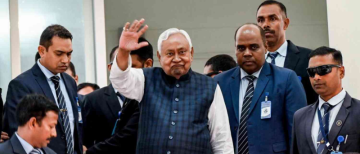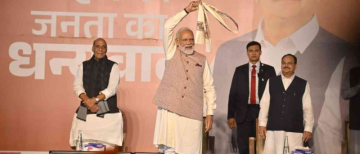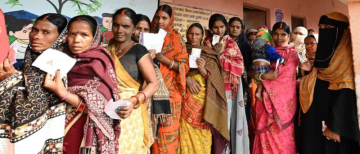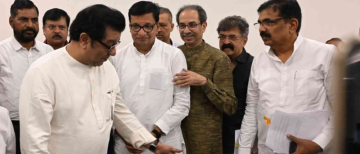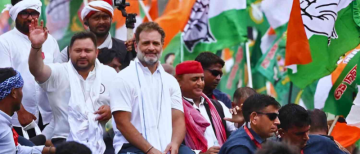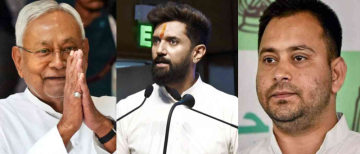Prime Minister Narendra Modi on Saturday unveiled two landmark agricultural initiatives worth a combined ₹35,440 crore, signalling a renewed national focus on transforming India’s farm sector and making it self-reliant in key crops such as pulses. The launch, coinciding with the birth anniversaries of Bharat Ratna Jayaprakash Narayan and Nanaji Deshmukh, marks one of the biggest interventions in agriculture under the Modi government.
Speaking at the Pusa campus in New Delhi, the Prime Minister emphasised that farmers hold the key to realising his government’s vision of a “Viksit Bharat” (Developed India) by 2047. Urging cultivators to expand production, especially in high-demand crops like pulses, PM Modi called upon India’s farming community to look beyond domestic needs and embrace the global agricultural marketplace.
“After Independence, our farmers made India self-reliant in food grains. Now, you have a crucial role in making India a developed nation,” PM Modi told thousands of farmers gathered at the event. “On one hand, we must achieve self-reliance, and on the other, we must also produce for the global market. Friends, we need to knock on the doors of the international market.”
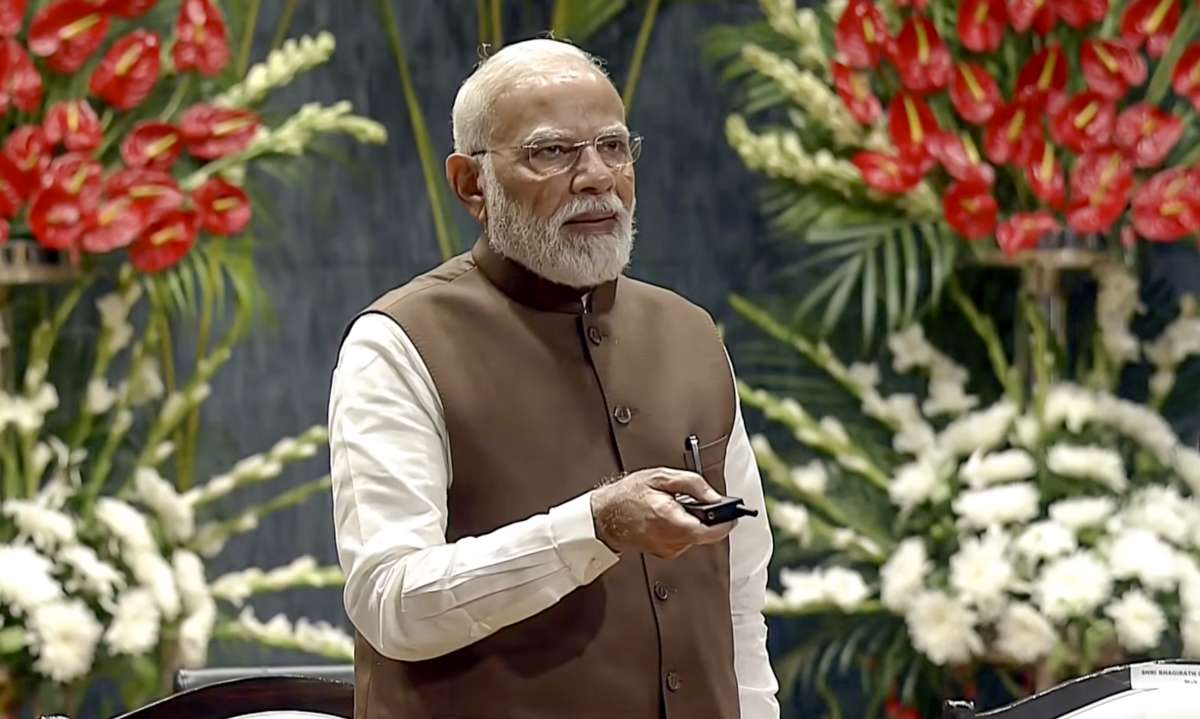
Two Flagship Schemes to Transform Agriculture
The two newly launched flagship schemes are:
-
Pradhan Mantri Dhan Dhaanya Krishi Yojana (PM-DDKY) with an outlay of ₹24,000 crore, and
-
Mission for Aatmanirbharta in Pulses, worth ₹11,440 crore.
Both programmes have been approved by the Union Cabinet and will be implemented from the 2025-26 rabi (winter) season through to 2030-31.
PM Modi described these schemes as “game changers that will transform the fate of millions of farmers.” While PM-DDKY will target the improvement of agricultural districts with low productivity and weak infrastructure, the pulses mission focuses on increasing domestic production to eliminate import dependency.
PM Dhan Dhaanya Krishi Yojana: A Mission to Revive Underperforming Districts
Modelled on the government’s Aspirational Districts Programme, the PM-DDKY will focus on 100 low-performing agricultural districts selected on the basis of three key parameters — low productivity, moderate crop intensity, and below-average access to credit.
The ₹24,000-crore scheme will bring together 36 schemes from various ministries, integrating efforts to enhance productivity, encourage crop diversification, improve irrigation and storage infrastructure, and ensure easier access to agricultural credit. Importantly, this outlay will come from the convergence of existing schemes rather than a separate budget.
Union Agriculture Minister Shivraj Singh Chouhan, present at the event, said the initiative will help uplift the selected districts by tackling the fundamental causes of underperformance. “The PM-DDKY will prove to be a turning point for Indian agriculture, driving progress from the grassroots,” he said.
Mission for Aatmanirbharta in Pulses: A Push for Protein Security
India remains the world’s largest producer and consumer of pulses, yet it still imports a significant volume to meet domestic demand. To bridge this gap, the Mission for Aatmanirbharta in Pulses aims to increase pulses acreage by 35 lakh hectares by 2030, boost production from 252.38 lakh tonnes to 350 lakh tonnes, and raise yield levels to 1,130 kg per hectare by 2030-31.
PM Modi termed this mission “a campaign to empower our future generations” by ensuring nutritional and protein security for all. The programme will encourage farmers to move beyond traditional wheat and rice cultivation and embrace pulses, which not only enrich the soil but also offer strong export potential.
The mission aligns with India’s broader vision of reducing imports and strengthening self-reliance. “We must reduce our imports and simultaneously not fall behind in increasing exports,” the Prime Minister emphasised.
अपने किसान भाई-बहनों से संवाद के दौरान यह जानकर बेहद खुशी हुई कि वे देश को कृषि और दलहन के क्षेत्र में आत्मनिर्भर बनाने के लिए बढ़-चढ़कर भागीदारी करना चाहते हैं। pic.twitter.com/7KYhv7wfIm— Narendra Modi (@narendramodi) October 11, 2025
Infrastructure Boost: ₹5,450 Crore in Allied Sectors
Alongside the launch of the two major schemes, PM Modi inaugurated and laid the foundation stones for projects worth over ₹6,000 crore in agriculture and allied sectors. These include:
-
1,054 projects worth ₹3,650 crore completed under the Agriculture Infrastructure Fund (AIF) since June 2024,
-
17 animal husbandry projects worth ₹1,166 crore,
-
16 fisheries projects worth ₹693 crore under the Pradhan Mantri Matsya Sampada Yojana (PMMSY) and Fisheries and Aquaculture Infrastructure Development Fund, and
-
11 food processing projects worth ₹808 crore under the Pradhan Mantri Kisan Sampada Yojana and the Production Linked Incentive Scheme for Food Processing Industry (PLISFPI).
Additionally, foundation stones were laid for projects worth ₹815 crore across the agriculture, animal husbandry, fisheries, and food processing sectors, further strengthening the rural economy and creating employment opportunities in villages.
From “Beej to Bazaar”: Reforms Since 2014
In his 30-minute address, PM Modi contrasted his government’s performance with that of previous Congress administrations, accusing them of having “no vision for the farm sector” and allowing departments to operate “in multiple directions without coordination.”
He said that since 2014, his government had initiated comprehensive reforms “from Beej to Bazaar (seed to market),” ensuring that every stage of agriculture — from seed quality to marketing and exports — received attention. “We reversed the previous governments’ careless approach to agriculture,” he said. “Reforms were essential for 21st-century India’s growth.”
Among the achievements highlighted by PM Modi were:
-
Doubling of agricultural exports,
-
An increase of 900 lakh tonnes in foodgrain production,
-
A rise of 640 lakh tonnes in fruits and vegetables output, and
-
Massive fertiliser subsidies, with the BJP-NDA government allocating ₹13 lakh crore over the last decade, compared to ₹5 lakh crore spent by the Congress in its ten years in power.
He also pointed out that the PM-Kisan Samman Nidhi scheme has directly transferred ₹3.75 lakh crore into farmers’ bank accounts — roughly equivalent to what the Congress government used to spend on agriculture in an entire year.
GST Relief and Cost Reductions for Farmers
Referring to the government’s recent move to cut GST rates on farm machinery and equipment, PM Modi said the decision aims to reduce operational costs and enhance profitability for farmers. He cited an example from the UPA era: “Earlier, a tractor used to attract a tax of ₹70,000. After GST reforms, the same tractor has become cheaper by nearly ₹40,000.”
The Prime Minister reiterated that the government’s focus was not merely on subsidies but on structural reforms that empower farmers to earn more. “Our policies are designed to make farming sustainable, profitable, and future-ready,” he asserted.
Recognising Achievements and Empowering Farmers
During the event, PM Modi distributed certificates to several groups of farmers and rural technicians, marking key milestones in agricultural modernisation. These included:
-
50 lakh farmer memberships across 10,000 Farmer Producer Organisations (FPOs), with 1,100 FPOs recording an annual turnover exceeding ₹1 crore in 2024-25,
-
Certification of 50,000 farmers under the National Mission for Natural Farming,
-
Certification of 38,000 MAITRIs (Multi-Purpose AI Technicians in Rural India),
-
Sanctioning and operationalisation of over 10,000 e-PACS (computerised Primary Agricultural Credit Societies), and
-
Strengthening of PACS, dairy, and fishery cooperative societies.
These developments underscore the Modi government’s push for a value-chain-based approach across agriculture, animal husbandry, and fisheries — ensuring that farmers are not only producers but also key stakeholders in processing and marketing.
PM Modi also interacted with farmers involved in pulses cultivation who have benefitted from existing government schemes, sharing insights on how the new missions will further integrate value chains and enhance market access.
Ministers Laud the Initiatives
Union Agriculture Minister Shivraj Singh Chouhan expressed gratitude to the Prime Minister for the relief measures in GST and the hike in Minimum Support Prices (MSP) for rabi crops. He said the PM-DDKY would particularly uplift the identified districts by converging multiple initiatives under a single framework.
Rajiv Ranjan Singh ‘Lalan’, Minister for Fisheries, Animal Husbandry, and Dairying, highlighted that the livestock sector had registered 63% growth over the last decade under the Modi government. He announced that nine states have been identified to become foot-and-mouth disease-free in the coming months — a major step toward improving animal health and productivity.
Minister of State for Agriculture Bhagirath Choudhary was also present at the event.
A Vision for Global Leadership in Agriculture
PM Modi’s message to farmers was both aspirational and strategic. He urged them to think globally, diversify crops, and tap into export opportunities that can elevate India’s standing as an agricultural powerhouse.
“We have to produce not only for ourselves but for the world,” he said. “The future belongs to those who adapt, diversify, and lead — and our farmers are capable of leading the world.”
With two new missions, major reforms, and record investments, India’s farm sector appears poised for a new era of transformation — one that blends self-reliance, sustainability, and global competitiveness.
With inputs from agencies
Image Source: Multiple agencies
© Copyright 2025. All Rights Reserved. Powered by Vygr Media.

